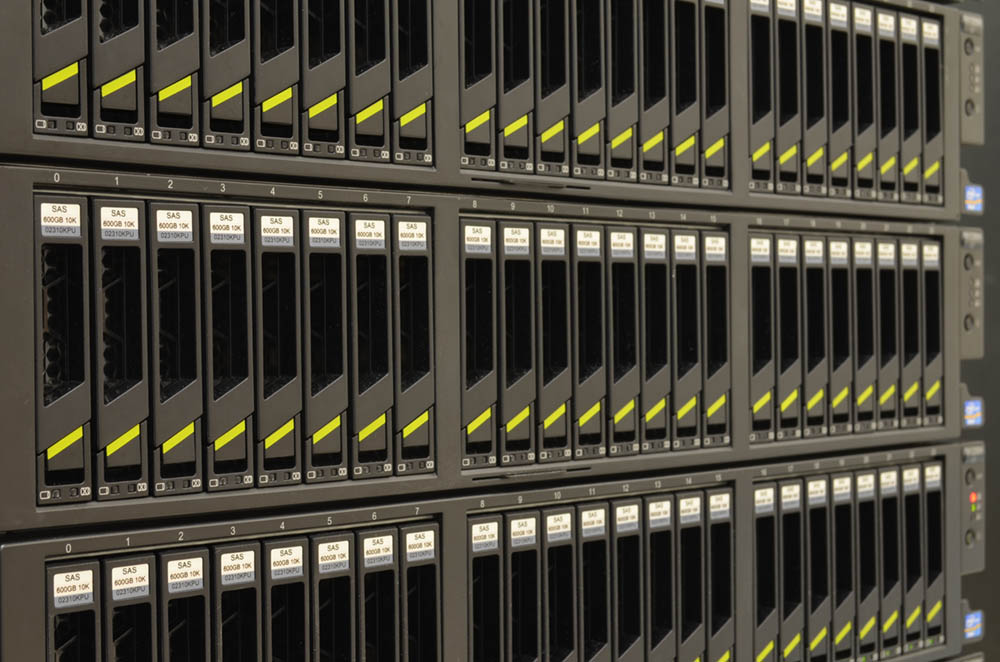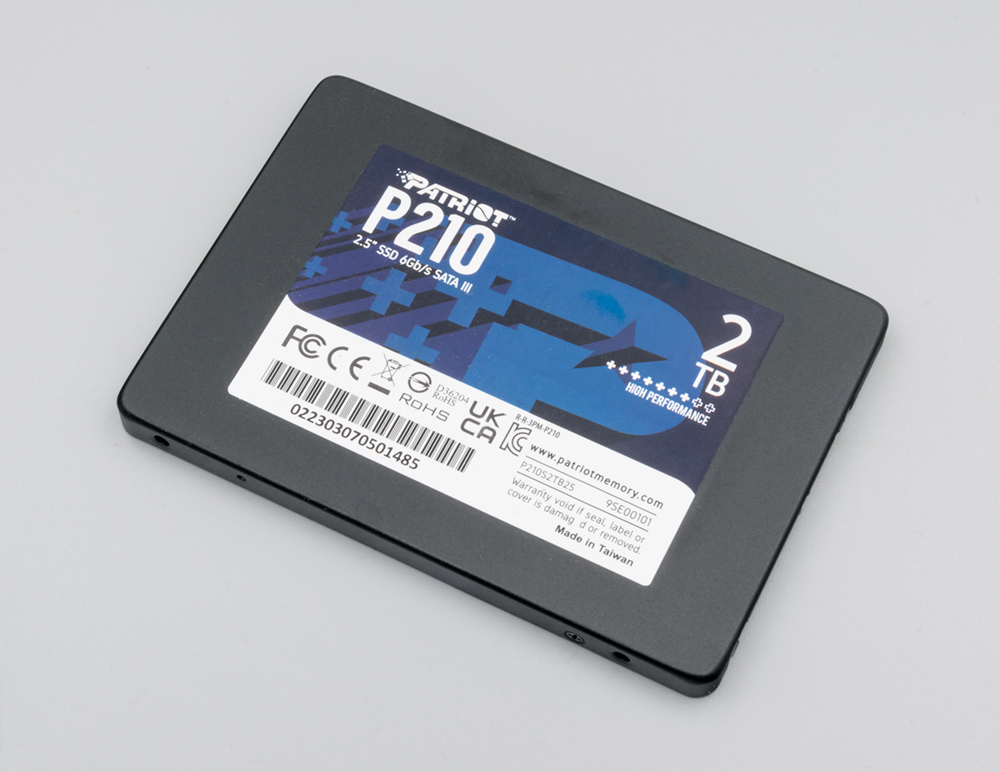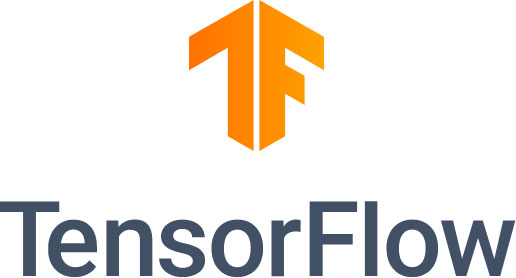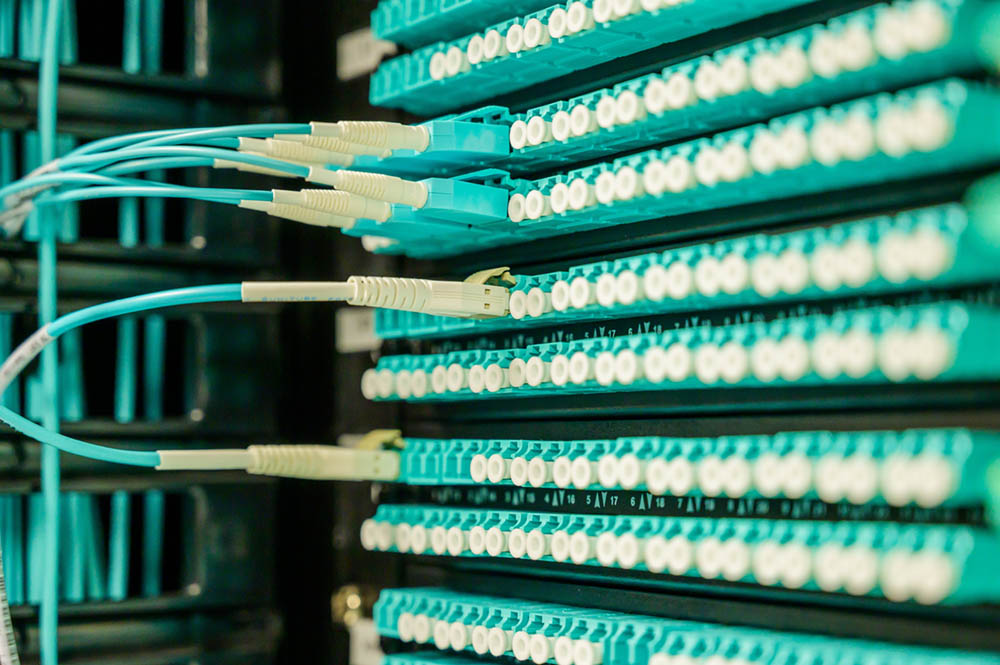Parallel Computing

Parallel computing is a method that uses multiple compute resources simultaneously to solve complex computational problems more efficiently. By dividing large tasks into smaller sub-tasks and processing them across multiple processors or nodes at the same time, parallel computing significantly reduces computation time and improves performance. This approach is foundational in High-Performance Computing (HPC) environments, […]
Redundant Array of Independent Disks (RAID)

Redundant Array of Independent Disks (RAID) is a data storage technology that combines multiple hard drives into a single unit to improve data redundancy, performance, or both. By storing copies of data across different drives, RAID configurations can protect data against loss in case of a drive failure, enhancing system reliability. Different RAID levels (e.g., […]
Scalability

Scalability in computing refers to a system’s capacity to accommodate increasing workloads or expanding data needs by adding resources—whether through hardware, storage, or network capabilities—without sacrificing performance. A scalable system adjusts fluidly to growth, ensuring smooth operations as data demands increase. VDURA systems are designed with inherent scalability, allowing businesses to expand their computing power […]
Solid-State Drive (SSD)

A Solid-State Drive (SSD) is a data storage device that uses integrated circuits to store information persistently, without any moving parts, unlike traditional hard disk drives (HDDs). SSDs leverage flash memory to store data, making them significantly faster and more reliable, as they’re less prone to mechanical failure. The absence of moving components allows SSDs […]
TensorFlow

TensorFlow is an open-source software library developed by Google for machine learning and artificial intelligence applications. It provides a flexible and efficient framework for building, training, and deploying neural networks, supporting both deep learning and other machine learning models. TensorFlow’s versatility makes it widely used for various applications, from image and speech recognition to natural […]
Tiered Storage

Tiered storage is a data management strategy that organizes data across multiple storage types based on usage frequency and performance requirements. By categorizing data into tiers—such as high-performance SSDs for frequently accessed files and lower-cost, high-capacity disks for less-used data—tiered storage balances speed and cost efficiency. VDURA’s tiered storage system automatically migrates infrequently accessed data […]